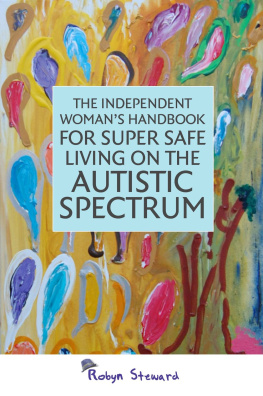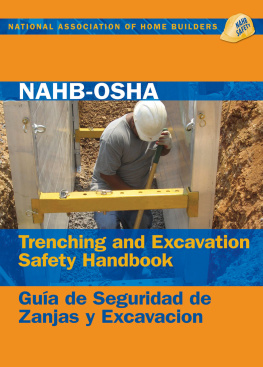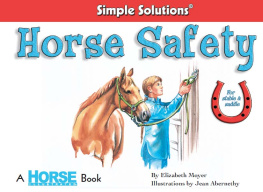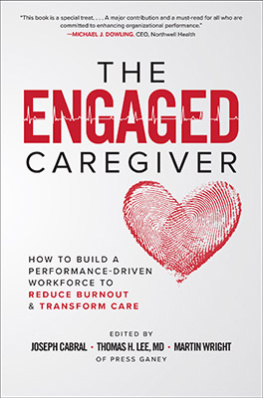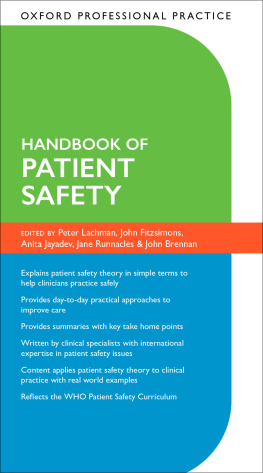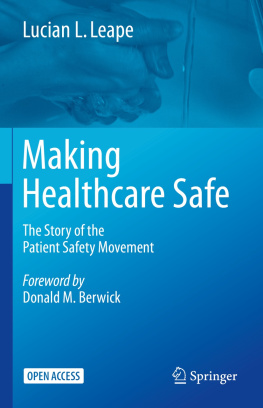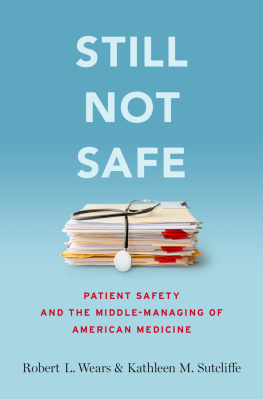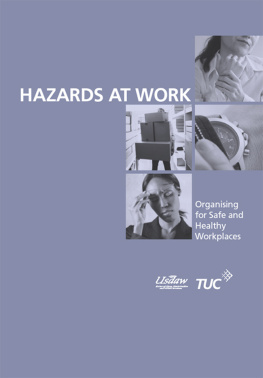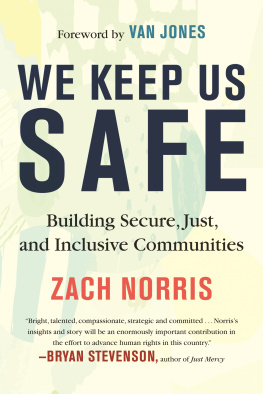About the Author
Denys Court is an obstetrician-gynaecologist who has worked in New Zealand, Canada and the United States. His experience includes many years in health leadership. He is also qualified in law and has extensive experience as an advisor in a medical indemnity organisation, as well as a facilitator of communication skills workshops for health professionals. He chairs a clinical ethics advisory group for a District Health Board and is a credentialed mediator and conflict management coach.
Dedication
To the many excellent teams that I have been so lucky to work with and the team members within them who have seeded my passion and inspiration.
Copyright Information
Copyright Denys Court (2021)
The right of Denys Court to be identified as author of this work has been asserted by the author in accordance with section 77 and 78 of the Copyright, Designs and Patents Act 1988.
All rights reserved. No part of this publication may be reproduced, stored in a retrieval system, or transmitted in any form or by any means, electronic, mechanical, photocopying, recording, or otherwise, without the prior permission of the publishers.
Any person who commits any unauthorised act in relation to this publication may be liable to criminal prosecution and civil claims for damages.
A CIP catalogue record for this title is available from the British Library.
ISBN 9781528993593 (Paperback)
ISBN 9781528993609 (ePub e-book)
www.austinmacauley.com
First Published (2021)
Austin Macauley Publishers Ltd
25 Canada Square
Canary Wharf
London
E14 5LQ
Acknowledgement
I always start any book I read with the acknowledgments section to understand the context in which it has been written. Ive been impressed that so many authors have a plethora of colleagues and friends who seem to write much of the book for them; Id love to understand how they have harnessed such contribution. Although I dont have that particular kind of collegial plethora, I have certainly benefited from the many friends and colleagues who have encouraged me along the way, especially those who have read a chapter or two and given me constructive feedback.
Id like to thank Sue Fleming who, after my first shot at writing a chapter, said something along the lines of there is probably a book within you, but this isnt it. Or at least, that is how I heard it. And indeed, Sue did not recognise this book but did indirectly set me on the right track. The other friend and colleague who provided me with the wherewithal to write was Neil Pattison, who agreed to job-share to allow me to free up big aliquots of uninterrupted time for this project.
That uninterrupted time meant that my family were at times short-changed. My wonderful and tolerant partner, Shirley, my delightful four children, both humorous and humouring, and my delicious seven grandchildren who show me more respect than I deserve and relish the time I do manage to find for them. Ill make up for that now.
Having sketched out the idea of the book, it was Joy Marriott who did the research for me, to free me from that irksome responsibility and to ensure that my thoughts and ideas were evidence-based. At times, my enthusiasm meant that I put Joy under pressure to deliver in unreasonably short timeframes but she always did so uncomplainingly.
Id like to thank the Hawaii sunsets. Much of my most productive writing was done in the hours that followed them.
And now for two very special people. A big thank you to my daughter, Bridget, who allowed me to use a part of her personal story in the book. You are one of the bravest and most resilient people I have ever known. The second is Mike Roberts, who mentored me through this whole adventure. Mike is surely the most constructive yet self-effacing mentor one could ever be lucky enough to benefit from. There were a number of times when I wondered whether this project was too big a bite. It was at those times that Mike provided me with the thoughts and comments that rebuilt my writing resilience. He believed this book needed to be written; so, Mike, it has been.
Introduction
Why This Book?
This is a book about people. It is a book which looks at the ways in which people involved in healthcare can keep people they are caring for, and thereby themselves, safe. For patient safety to flourish, those who provide safe care must also be flourishing. It is people, working in mutually supportive professional relationships, and who are supported by safe systems, who are best enabled to provide safe care. My goal is to enable reflection on how you may achieve that shared safety.
If I were to ask you right now about safety in your healthcare workplace, what would immediately spring to your mind? It would probably depend on your most recent experiences. It could be that you had a colleague who stepped in and supported you when you were overworked and made you feel safe and cared about that you felt safe. Or was it that you spoke up when you were concerned that a patient allergy was about to be overlooked and thus kept a patient safe? And of course, in the process of doing so, kept a colleague safe too. That interwoven view of safety is what this book is about. It is an inclusive look at how to do things right more often, as individuals, and in the context of team-based relationships. As much as anything else, it is about self-care, staying safe ourselves, because if we do not, we are less able to care safely for our patients.
***
For healthcare to be safe for our patients and ourselves, the organisations in which we work must be safe and resilient. In my first two chapters, I will assess in which areas of healthcare we can largely rely on our organisations systems to provide a reliable backbone to safety; and in contrast, where does safety depend more on the mindfulness and actions of clinicians simply because our systems are not resilient enough? I refer to this as identifying the gap. I use the term clinician throughout the book to include all professionals involved in providing clinical care: nurses, doctors, midwives and allied health professionals. Identifying the gap is about clinicians being mindful of where the systems under which we work are least able to keep us and our patients safe and therefore where, as clinicians, like it or not we carry the greatest safety burden. By doing so, I hope to develop insight into the possibilities for, and limits of, safety in our organisations.
To develop that tension, I will explore in Chapter 3 the reality that where our organisations systems provide us with the most fragile safety framework is where the work our leaders and system-designers envisage we will do work as intended (WAI) is not accurately able to reflect the work we actually do work as done (WAD). This occurs, for example, when because of resource constraints such as time, skill-match or staffing and equipment issues, we find that to achieve organisational goals as best we can, we have to do things differently from what our leaders or systems envisage; we work around the problem. The more WAD can be moved to approximate WAI, the safer an organisation will be because WAD will then have a higher degree of predictability. When circumstances make us deviate from WAI, we need to be mindful that safety may be compromised. It is largely us as health professionals that can improve safety in such circumstances by identifying, reporting and suggesting cures for unsafe work-arounds. I will therefore develop the concept that there is much we can do as individual clinicians to increase healthcare safety. Because we increasingly provide patient care in multidisciplinary teams; it is within those teams that safety can best be enhanced. To be champions for safety in the ways I will suggest, we need to feel psychologically safe in the teams we work in, that if we wish to challenge a team norm or habit, that will not only be tolerated without derision, but actively encouraged in the belief that the free expression of ideas is a vector to improvement.



